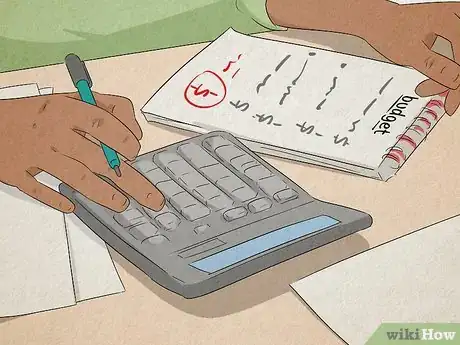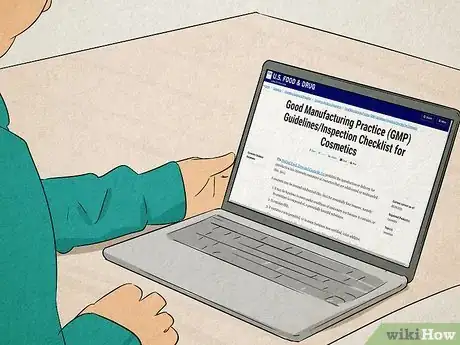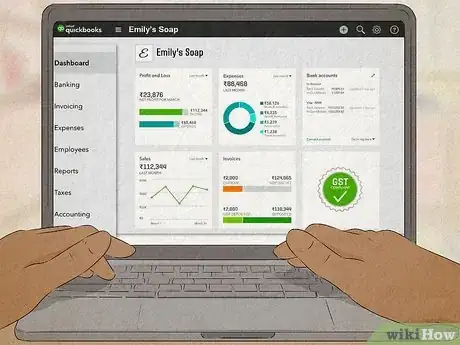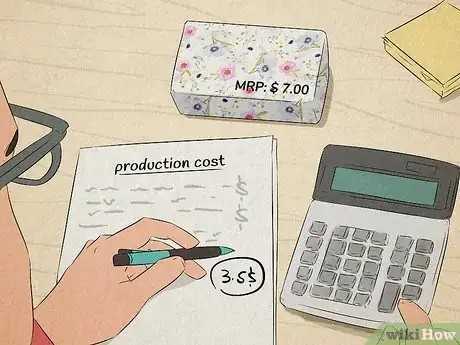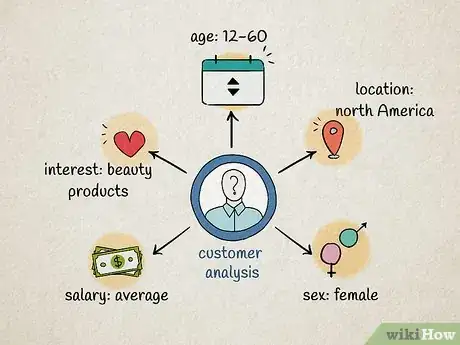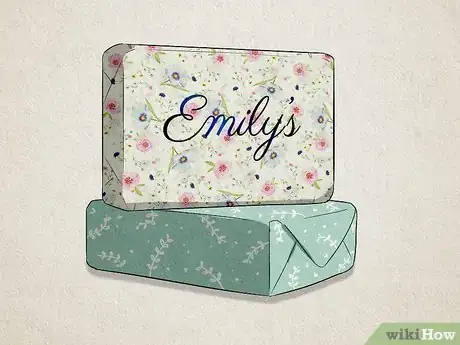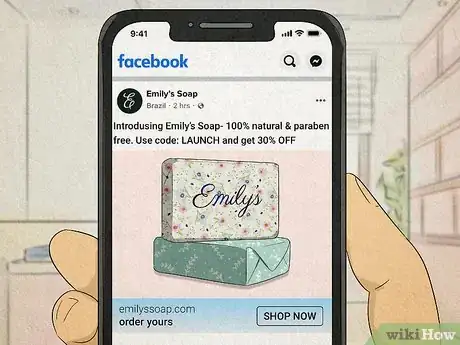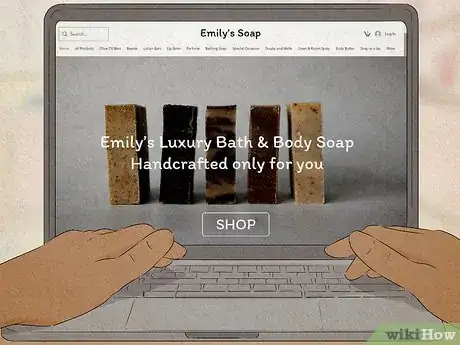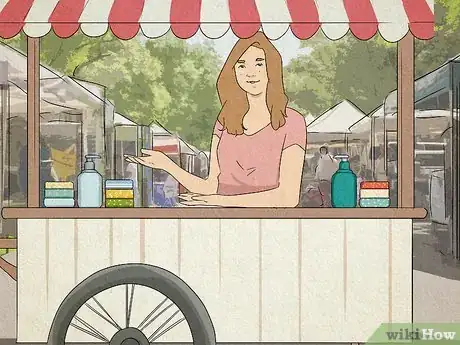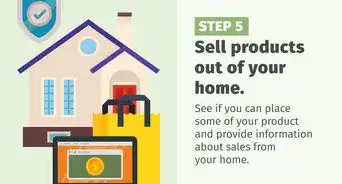This article was co-authored by Gina D'Amore and by wikiHow staff writer, Megaera Lorenz, PhD. Gina D'Amore is a Financial Accountant and the Founder of Love's Accounting. With 12 years of experience, Gina specializes in working with smaller companies in every area of accounting, including economics and human resources. She holds a Bachelor's Degree in Economics from Manhattanville College and a Bookkeeping Certificate from MiraCosta College.
There are 19 references cited in this article, which can be found at the bottom of the page.
wikiHow marks an article as reader-approved once it receives enough positive feedback. In this case, 100% of readers who voted found the article helpful, earning it our reader-approved status.
This article has been viewed 118,403 times.
Handcrafted soaps are fun to make and getting more popular all the time, but breaking into the business can feel a little overwhelming. If you’re not sure where to begin, don’t worry! With a little patience and creativity, you’ll soon be on your way to selling your own sudsy handmade creations.
Here are 13 tips to help you get your homemade soap business off the ground.
Steps
Community Q&A
-
QuestionCan I sell my soap at a shop that I don't own?
 Community AnswerYes - you need to talk to the shop owners. If they'd like to carry your products, you work out together if the shop will take a flat rate every month or a percentage of each product sold.
Community AnswerYes - you need to talk to the shop owners. If they'd like to carry your products, you work out together if the shop will take a flat rate every month or a percentage of each product sold. -
QuestionWhat would entice customers to buy soap?
 Community AnswerPeople are buying the smell, so have samples for them to sniff, and maybe even small sample to take home to try.
Community AnswerPeople are buying the smell, so have samples for them to sniff, and maybe even small sample to take home to try. -
QuestionI make a lot of soap, but find it difficult to find good packaging options. Do you have some recommendations of where to find soap boxes and label makers at reasonable prices?
 Claire_elizabethCommunity AnswerLush sells soap tins and boxes for reasonable prices, and other soap storage/label makers can be found at stores like Target and Walmart. Online stores like Amazon, Ebay, and Etsy are great as well.
Claire_elizabethCommunity AnswerLush sells soap tins and boxes for reasonable prices, and other soap storage/label makers can be found at stores like Target and Walmart. Online stores like Amazon, Ebay, and Etsy are great as well.
References
- ↑ https://www.thecosmeticboxes.co.uk/product/custom-soap-boxes-packaging-uk/
- ↑ https://www.mbda.gov/news/blog/2011/11/how-estimate-cost-starting-business-scratch
- ↑ https://www.fda.gov/cosmetics/cosmetic-products/frequently-asked-questions-soap
- ↑ https://www.fda.gov/cosmetics/resources-industry-cosmetics/small-businesses-homemade-cosmetics-fact-sheet
- ↑ https://www.fda.gov/cosmetics/cosmetic-ingredient-names/color-additives-permitted-use-cosmetics
- ↑ https://www.fda.gov/cosmetics/cosmetics-guidance-documents/good-manufacturing-practice-gmp-guidelinesinspection-checklist-cosmetics
- ↑ https://www.lowimpact.org/starting-your-own-business-how-to-sell-hand-made-soaps/#
- ↑ https://www.soapqueen.com/business/so-you-want-to-sell-your-soap-part-one/
- ↑ https://www.modernsoapmaking.com/blog/absolutely-need-insurance-sell-single-bar-soap
- ↑ https://www.modernsoapmaking.com/blog/understand-business-insurance-needs/
- ↑ https://www.modernsoapmaking.com/blog/getting-started-with-bookkeeping/
- ↑ https://www.modernsoapmaking.com/blog/knowing-real-cost-products
- ↑ https://www.canr.msu.edu/news/pricing_my_craft_item_how_much_should_i_charge
- ↑ https://www.modernsoapmaking.com/blog/what-you-need-to-know-to-start-a-soap-business
- ↑ https://www.modernsoapmaking.com/blog/what-you-need-to-know-to-start-a-soap-business
- ↑ https://www.soapqueen.com/business/tweeting-blogging-posting-poking-2/
- ↑ https://www.thecosmeticboxes.co.uk/product/custom-soap-boxes-packaging-uk/
- ↑ https://www.modernsoapmaking.com/blog/what-you-need-to-know-to-start-a-soap-business
- ↑ https://www.forbes.com/sites/allbusiness/2019/05/25/small-business-website-tips/?sh=5ffe03a721ad
- ↑ https://www.modernsoapmaking.com/blog/advice-for-holiday-craft-show-success
- ↑ https://www.modernsoapmaking.com/blog/reasons-to-wholesale-handmade-soap/
- ↑ https://www.modernsoapmaking.com/blog/wholesale-primer-and-words-you-need-to-know
- ↑ https://www.fda.gov/cosmetics/cosmetic-products/frequently-asked-questions-soap
